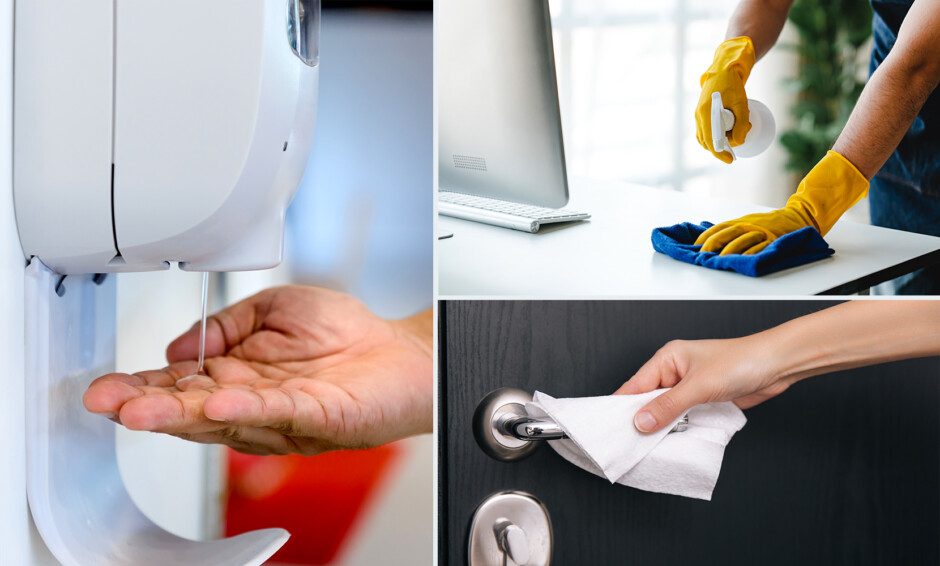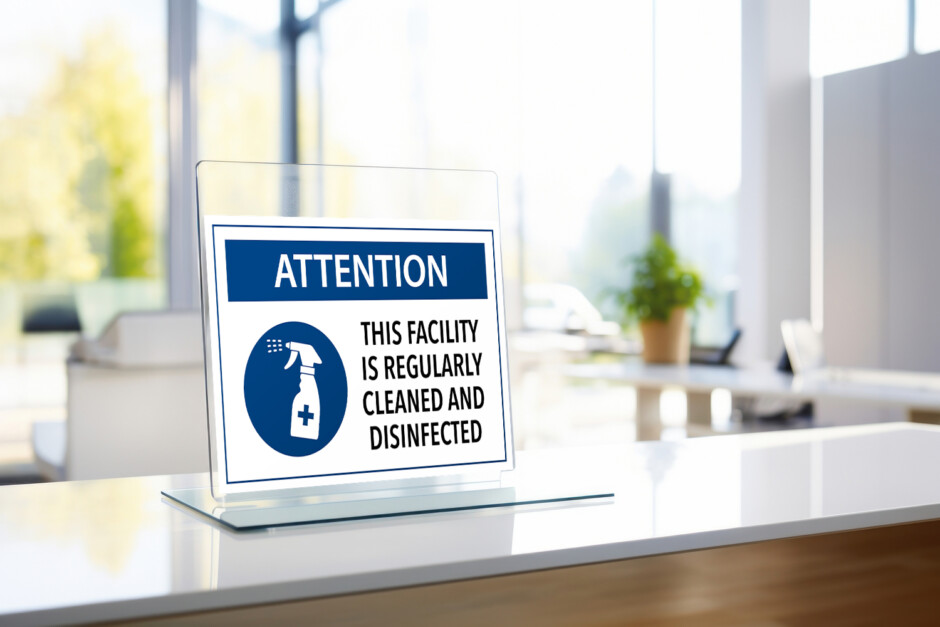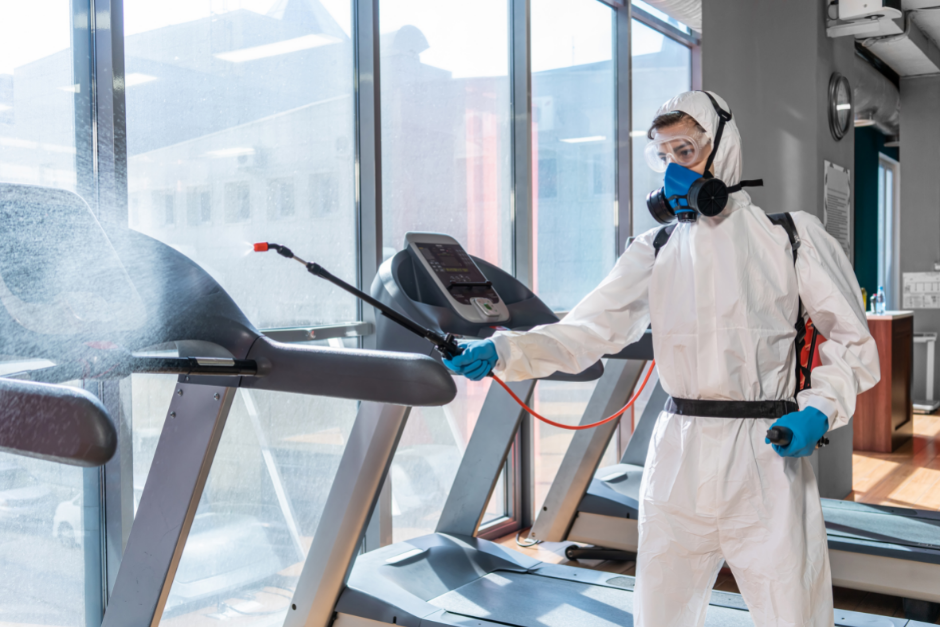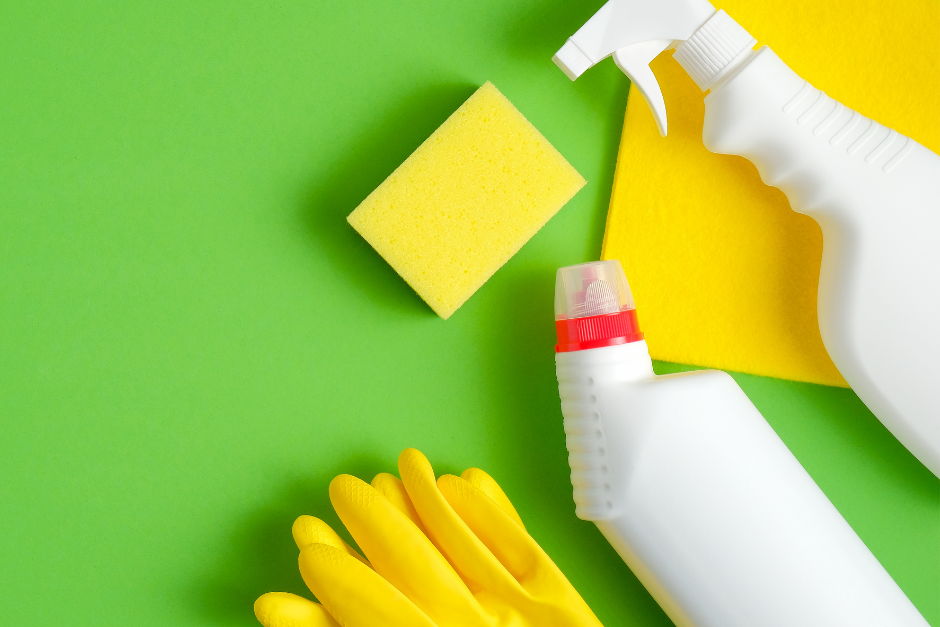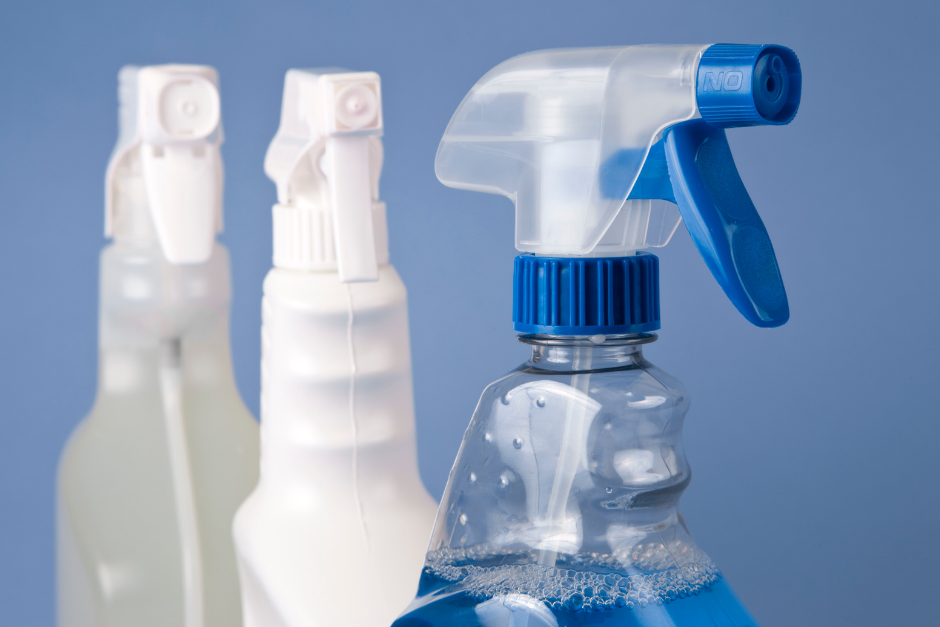Flu season is well underway, but it’s not the only health concern employers should be aware of. According to recent reports from NPR, we have another tripledemic situation with COVID-19, flu, and RSV infections all on the rise.1 Experts warn that this combination of respiratory illnesses is putting added pressure on individuals and healthcare systems alike, emphasizing the need for preventative measures in shared environments where the risk of spreading illnesses is increased—like the workplace.
Encouraging personal hygiene in the workplace is a critical first step in combating the spread of these illnesses. Promoting hygiene practices, implementing workplace cleaning policies, and leveraging professional cleaning services can significantly reduce absenteeism and maintain a safe, productive environment.
Explore actionable strategies to foster workplace hygiene and learn how Commercial Cleaning Corporation can help protect your workforce during this challenging season.
Read more “Encouraging Personal Hygiene in the Workplace During Flu Season”

